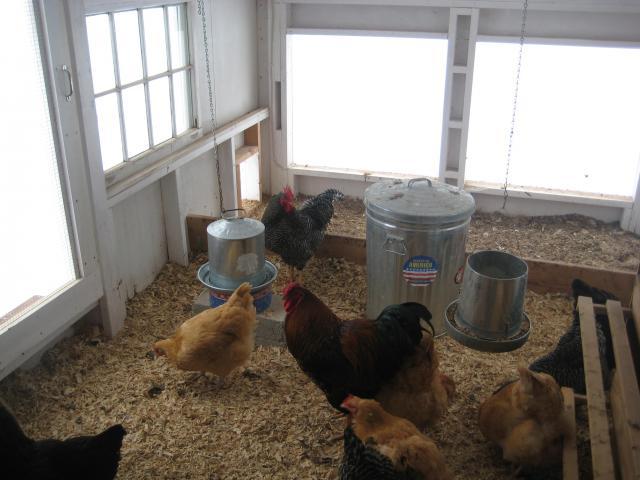Has anyone taken a thermometer to their cookie tin water heater? I'm interested in what wattage bulb you have, the diameter and depth of the cookie tin, and what temp the outside of the cookie tin is.
I made one today. The tin is 3.5 inches deep, 10 inches across, and I used a 60w bulb. I plugged it in on my kitchen counter (73 degrees in the kitchen) and it got to 213 degrees in less than 3 minutes. Its a digital thermometer I use for HVAC work so I know its good and accurate. I don't want this to burn my coop down and I don't want the bulb to keep blowing out from the heat. Interested in your guys heaters and looking for more precise data besides "warm to the touch."
I do not see the value of taking the temperature of the cookie tin out of it's intended environment.
As a point for reference, the surface of a 60 watt incandescent bulb will reach about 250F at 70F ambient.
The filament will be dangerously hot, but will burn out instantly once exposed to oxygen.
The fixture (cookie tin) will be much cooler, as there is considerably more surface area exposed to the heat source.
Cellulose (wood, paper, etc.) requires 451F to smoke, considerably more to ignite.
As usual, use common sense and safe measures when operating any electrical device.
When you put your water supply on a cookie tin heater, and use a thermo cube - on at 35F off at 45F, once on, the hot tin and cold water supply will form condensation and make a direct conduit from the heat source to the cold water supply. This conduit will draw the heat away from the source, making a 40w bulb heat sourced cookie tin barely warm to the touch.
Personally, I use a 38w bulb. My water supply of 2 gallons at the time, remained fluid at -9F (coop thermometer), my coldest recorded nighttime temperature to date in the coop.
At that temperature, the tin was
cold to the touch, as was the water. Both tin and water seemed like ice cold...but not frozen.
My inexpensive infrared digital thermometer is useless below 32F ambient, as are most, so more precise data was not readily available, but I hope this helps.




